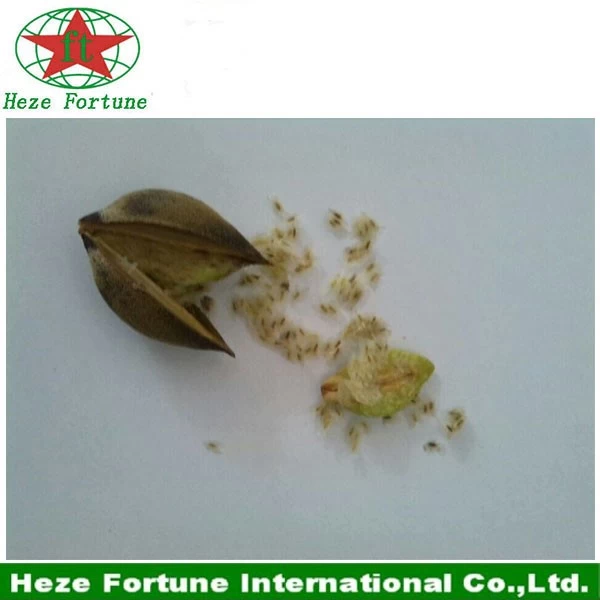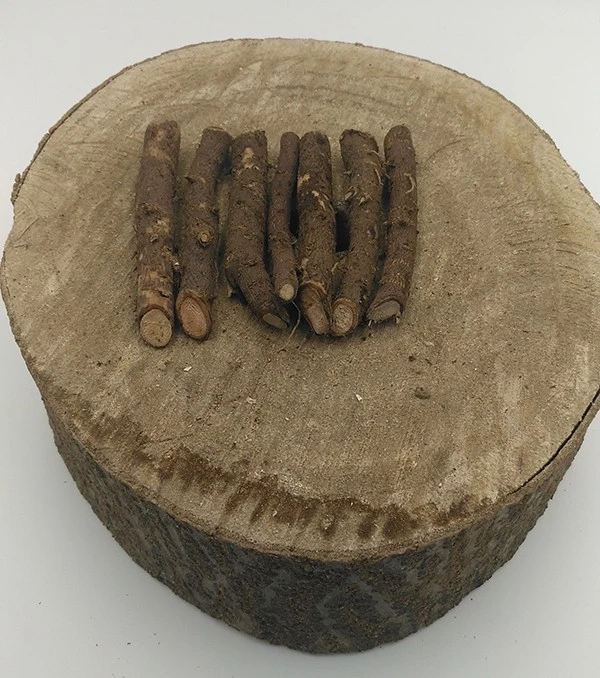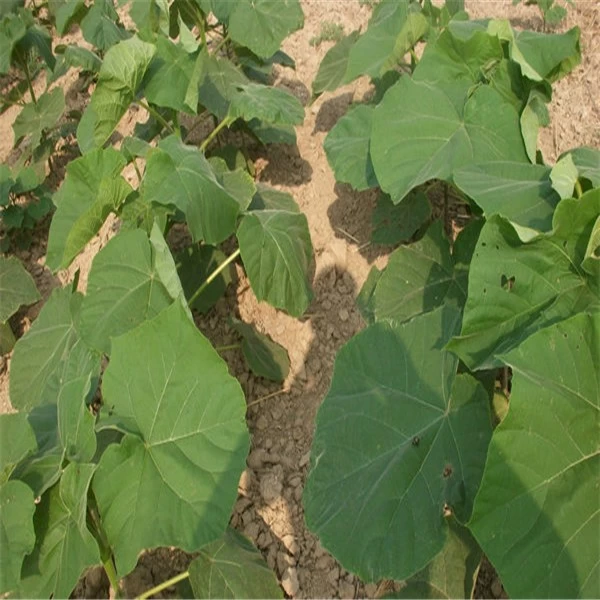Paulownia flower
Paulownia flower
Paulownia flowers, also known as foxglove tree flowers, are strikingly beautiful and visually captivating. They bloom in clusters, typically in shades of lavender, purple, or white, with a tubular, bell-like shape. Each flower has five petals and a delicate, velvety texture. The blossoms grow on tall, upright panicles, creating a stunning display that contrasts beautifully with the tree's large, heart-shaped leaves. Paulownia flowers are known for their sweet, subtle fragrance, which adds to their charm.
Paulownia flowers are not only ornamental but also hold several benefits:
-
Medicinal Properties: In traditional Chinese medicine, the flowers are believed to have anti-inflammatory and detoxifying effects. They are sometimes used to treat respiratory issues, such as coughs and bronchitis.
-
Environmental Benefits: Paulownia trees, including their flowers, are known for their rapid growth and ability to improve soil quality. They are often used in reforestation projects to combat soil erosion and restore degraded land.
-
Aesthetic Value: The flowers are highly valued for their beauty and are often used in ornamental gardening and landscaping.
Uses:
-
Ornamental Purposes: Paulownia flowers are widely used in gardens, parks, and urban landscapes for their aesthetic appeal.
-
Honey Production: The flowers are a source of nectar for bees, making them valuable for honey production.
-
Cultural Significance: In some cultures, Paulownia flowers symbolize good fortune, prosperity, and resilience. They are often featured in art, literature, and festivals.
-
Traditional Medicine: The flowers are occasionally used in herbal remedies and teas for their purported health benefits.
In summary, Paulownia flowers are not only visually stunning but also play a significant role in environmental conservation, traditional medicine, and cultural practices. Their unique beauty and versatility make them a cherished natural resource.





















